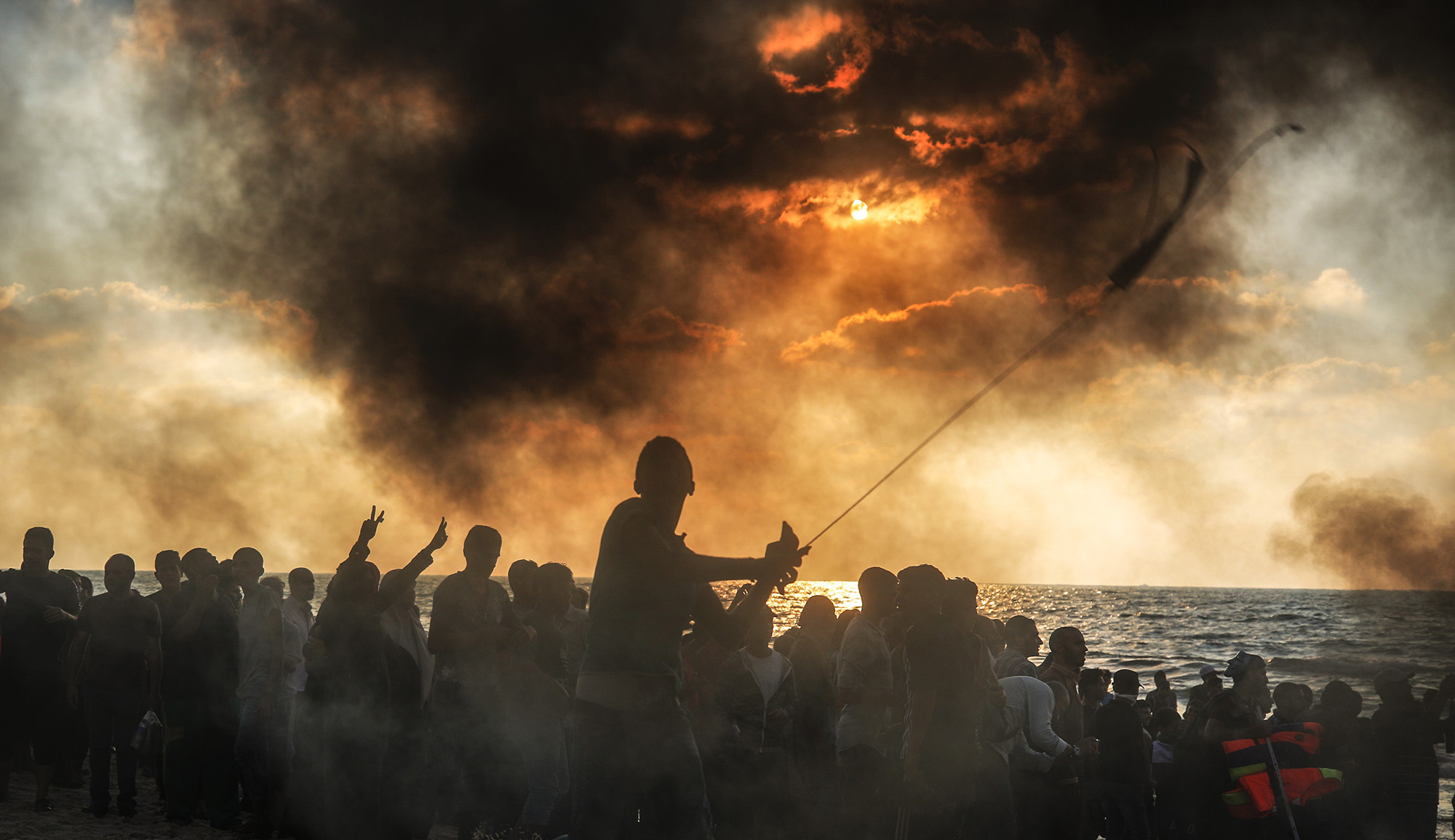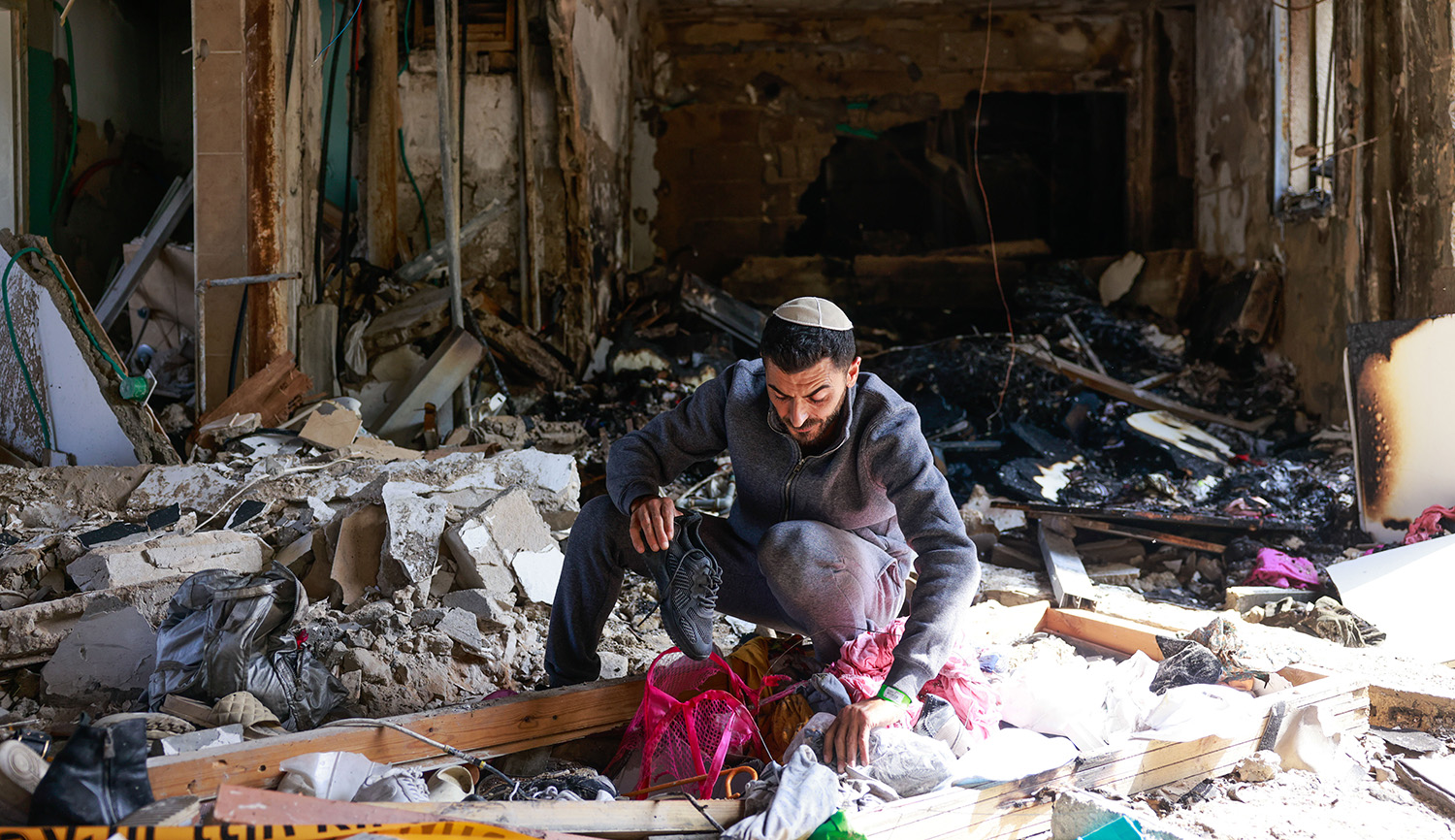From 1985 to 2000, Israel and its Lebanese allies maintained a security zone in southern Lebanon, meant as a buffer to protect northern Israel from attacks by the PLO and, later, by Hizballah. The nameless, low-intensity war between Israel and Hizballah is the subject of a new book by Matti Friedman, who served with the IDF in the security zone for two years. He discusses the war’s lessons, and his changing attitude toward Israel’s situation. (Interview by Mitch Ginsburg).
[At the time of the Israeli withdrawal from Lebanon in 2000], I still believed that [such concessions would lead to some sort of reconciliation between Israel and its enemies]. I got through [my tour of duty in] Lebanon . . . believing that. I thought that Lebanon was the end of something. I thought that the problem was on the way to being solved and I thought that reasonable and generous moves on our part would move things in a better direction. When the army pulled out of Lebanon, I was happy. I thought that the problem was resolved by the withdrawal.
But everything that happened that year, after the withdrawal—with the collapse of the peace process and the beginning of the intifada, the attack on the border, and the kidnapping of three soldiers from the old security zone which we had just given back—that’s when, like many other Israelis, I started to understand that things don’t work the way we want them to work, and that the Middle East does not respond to our dictates or desires.
More about: Hizballah, IDF, Israel & Zionism, Lebanon, Matti Friedman, PLO, Second Intifada


